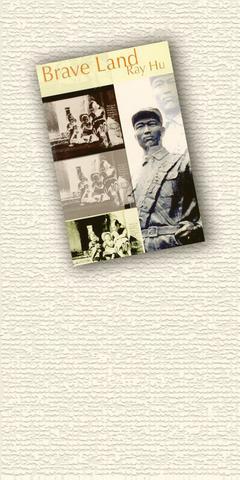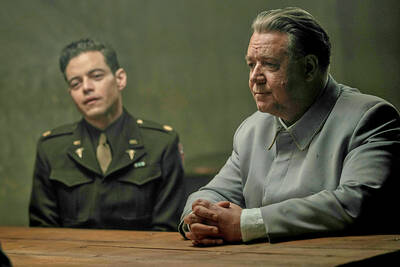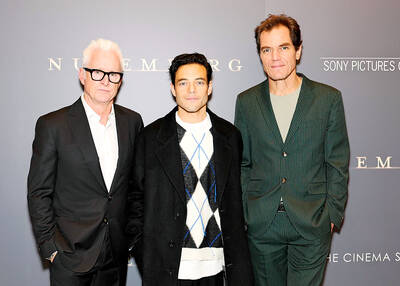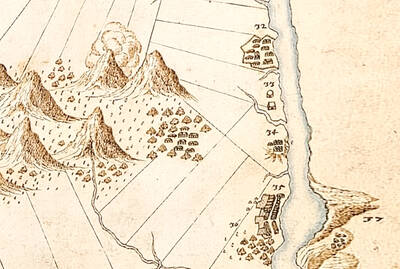The author of this unusual book was born in Taipei in 1963, in a Japanese house with wooden floors and sliding paper doors. Both his parents had come to Taiwan from China in 1949, and at the time of his birth his father was working as a physician at the Veterans' General Hospital. Not long after, however, he departed for the US for advanced training. When he returned to Taiwan in the early 1970s he gathered his family together and took them all back to the US where he had obtained a job as a psychiatrist in Austin, Texas.
To begin with, Ray Hu was discouraged from learning about Chinese history, and indeed from speaking Chinese. Soon, however, students from China began arriving on the scene, and it was through contact with them that he began to develop an interest in the land of his forebears. It wasn't long before he formed the resolution to visit the country he'd never in fact seen, contact his family, and do what he could to help with the development of China's economy.
Today he's a manager with an oil company supplying road- and dam-building operations in China. Based in Hong Kong, he travels extensively in China on his work, and is also involved with charitable projects, typical of which was the building of an elementary school in Gaoyang country, Hebei province, his ancestral district.

The biggest part of the book consists of accounts of the author's travels in China, first as a salesman of computers to universities, later (in 1990) with a British advertising company based in Thailand, then in the oil business. These travels began in 1987 and took him to many parts of the country, all encapsulated in witty thumbnail sketches. He was in Beijing in May and June 1989 and witnessed the Tiananmen Square protests.
But he has also taken the trouble to record the stories of several of his older relatives and he uses these narratives to fill in the details of China's history in earlier decades. There's his maternal grandmother, his maternal grandfather, an uncle (his father's eldest brother), an aunt, and lastly his father.
In addition to these recollections, Hu pens some pages of historical narrative in his own name, as it were to fill in the gaps. The result is a survey of China through much of the 20th century, seen either through the author's own eyes or through the memories of his family. The disparate parts of the book have been knitted together in such a way that they read fluently and, most important,
persuasively.
The chapters containing the recollections of the author's surviving relatives naturally make for interesting reading. Some of them, admittedly, consist largely of chunks of China's national history, with little in the way of personal detail. The earliest section, purportedly narrated by his maternal grandmother from her retirement home in Vancouver, is like this. She couldn't really remember such things as the Boxer Rebellion and the fall of the emperors, but Ray Hu uses her as a pretext for the insertion of these necessary ingredients in his story. It's an acceptable tactic. Hu clearly wants to tell China's 20th century story and this method breaks up what might otherwise have been a heavy-handed narrative. He is, after all, writing a book of travel impressions, appropriately illuminated with historical background.
His maternal grandfather's memories are more personal. He has vivid descriptions, for instance, of the May 4 movement of 1919, of getting a scholarship to go to Scotland to study paper-making technology in 1929 and, back in China, the Japanese invasion of the 1930s.
The memories of his uncle (his father's eldest brother) focus on his stay in Japan as a student, followed by his return to China just in time to witness the fall of Shanghai to the Japanese.
Taiwan features again later in the narrative. Hu's maternal grandparents, for example, also came over from China and his grandfather helped set up the Pacific Electric Wire and Cable Company here in 1959. The author's father gets a chapter to himself in which he recounts some of the privations of Taiwan's martial law era, visits to the Veterans' Hospital of Madame Chiang Kai-shek, and meeting his future wife, then a nurse.
As for the author himself, he travels west as far as Urumqi, is in Hong Kong for the handover in 1997, and in 1998 joins his father at a reunion in Shanghai where former students of the medical school who left for Taiwan 50 years previously return. Here he optimistically comments that the younger generation on both sides of the Taiwan Strait have no wish "to inherit a conflict initiated by their fathers' grandfathers," and even great grandfathers' generation.
This is a surprisingly enjoyable book. Ray Hu may be an oil salesman by trade and this his only book to date, but he remains dogged in his pursuit of a history that's both personal and national. For someone who was initially forbidden to read about China or to speak Chinese, this is quite an achievement. In addition, he dutifully records the published sources that augment his own and his family members' experiences. What makes the result attractive is the author's determination to set down the things he believes his Western readers ought to understand, and to make this information as accessible and as interesting as possible. The happy result is a simultaneous authenticity and charm.

The Nuremberg trials have inspired filmmakers before, from Stanley Kramer’s 1961 drama to the 2000 television miniseries with Alec Baldwin and Brian Cox. But for the latest take, Nuremberg, writer-director James Vanderbilt focuses on a lesser-known figure: The US Army psychiatrist Douglas Kelley, who after the war was assigned to supervise and evaluate captured Nazi leaders to ensure they were fit for trial (and also keep them alive). But his is a name that had been largely forgotten: He wasn’t even a character in the miniseries. Kelley, portrayed in the film by Rami Malek, was an ambitious sort who saw in

Last week gave us the droll little comedy of People’s Republic of China’s (PRC) consul general in Osaka posting a threat on X in response to Japanese Prime Minister Sanae Takaichi saying to the Diet that a Chinese attack on Taiwan may be an “existential threat” to Japan. That would allow Japanese Self Defence Forces to respond militarily. The PRC representative then said that if a “filthy neck sticks itself in uninvited, we will cut it off without a moment’s hesitation. Are you prepared for that?” This was widely, and probably deliberately, construed as a threat to behead Takaichi, though it

Among the Nazis who were prosecuted during the Nuremberg trials in 1945 and 1946 was Hitler’s second-in-command, Hermann Goring. Less widely known, though, is the involvement of the US psychiatrist Douglas Kelley, who spent more than 80 hours interviewing and assessing Goring and 21 other Nazi officials prior to the trials. As described in Jack El-Hai’s 2013 book The Nazi and the Psychiatrist, Kelley was charmed by Goring but also haunted by his own conclusion that the Nazis’ atrocities were not specific to that time and place or to those people: they could in fact happen anywhere. He was ultimately

Nov. 17 to Nov. 23 When Kanori Ino surveyed Taipei’s Indigenous settlements in 1896, he found a culture that was fading. Although there was still a “clear line of distinction” between the Ketagalan people and the neighboring Han settlers that had been arriving over the previous 200 years, the former had largely adopted the customs and language of the latter. “Fortunately, some elders still remember their past customs and language. But if we do not hurry and record them now, future researchers will have nothing left but to weep amid the ruins of Indigenous settlements,” he wrote in the Journal of